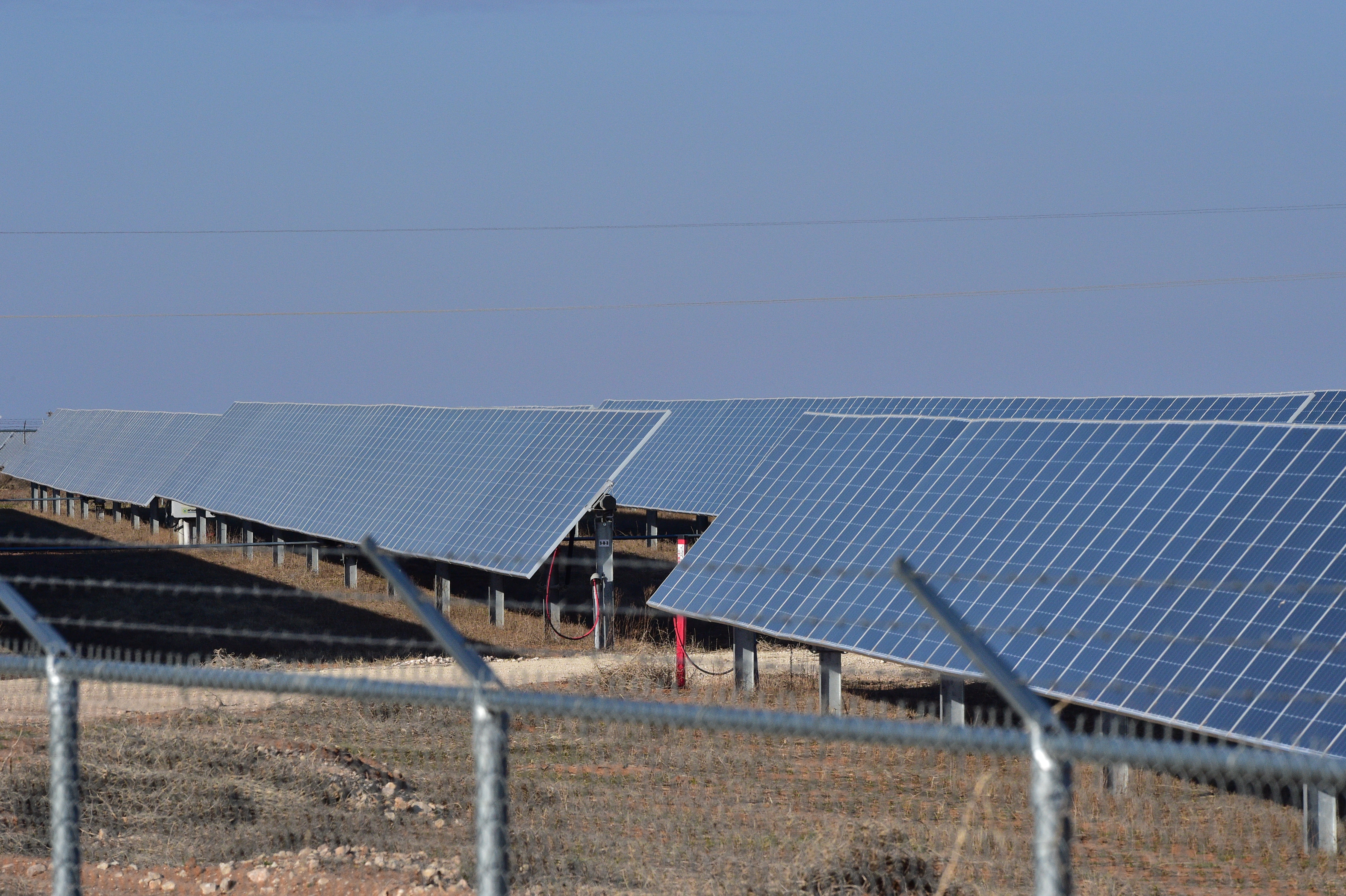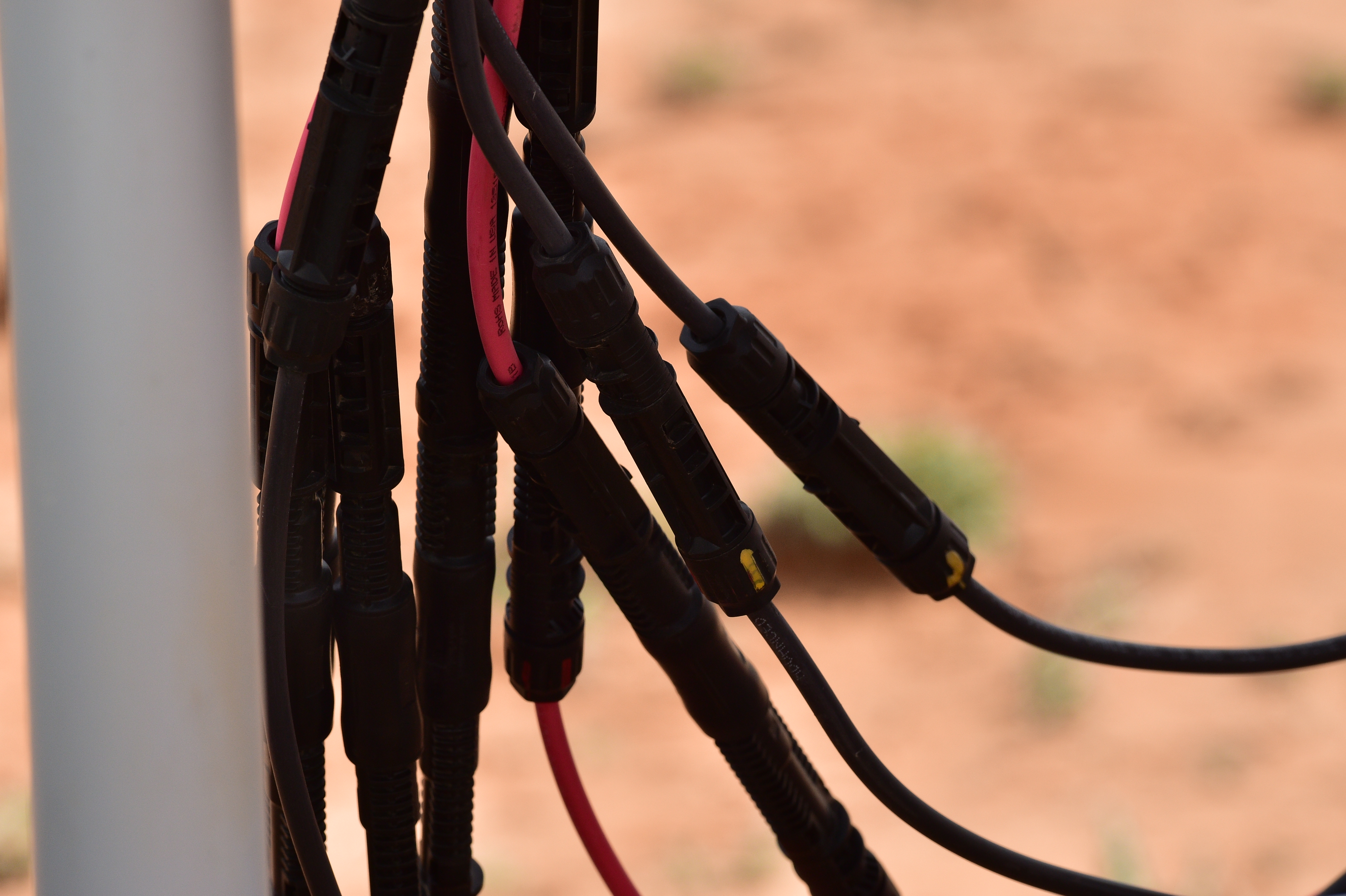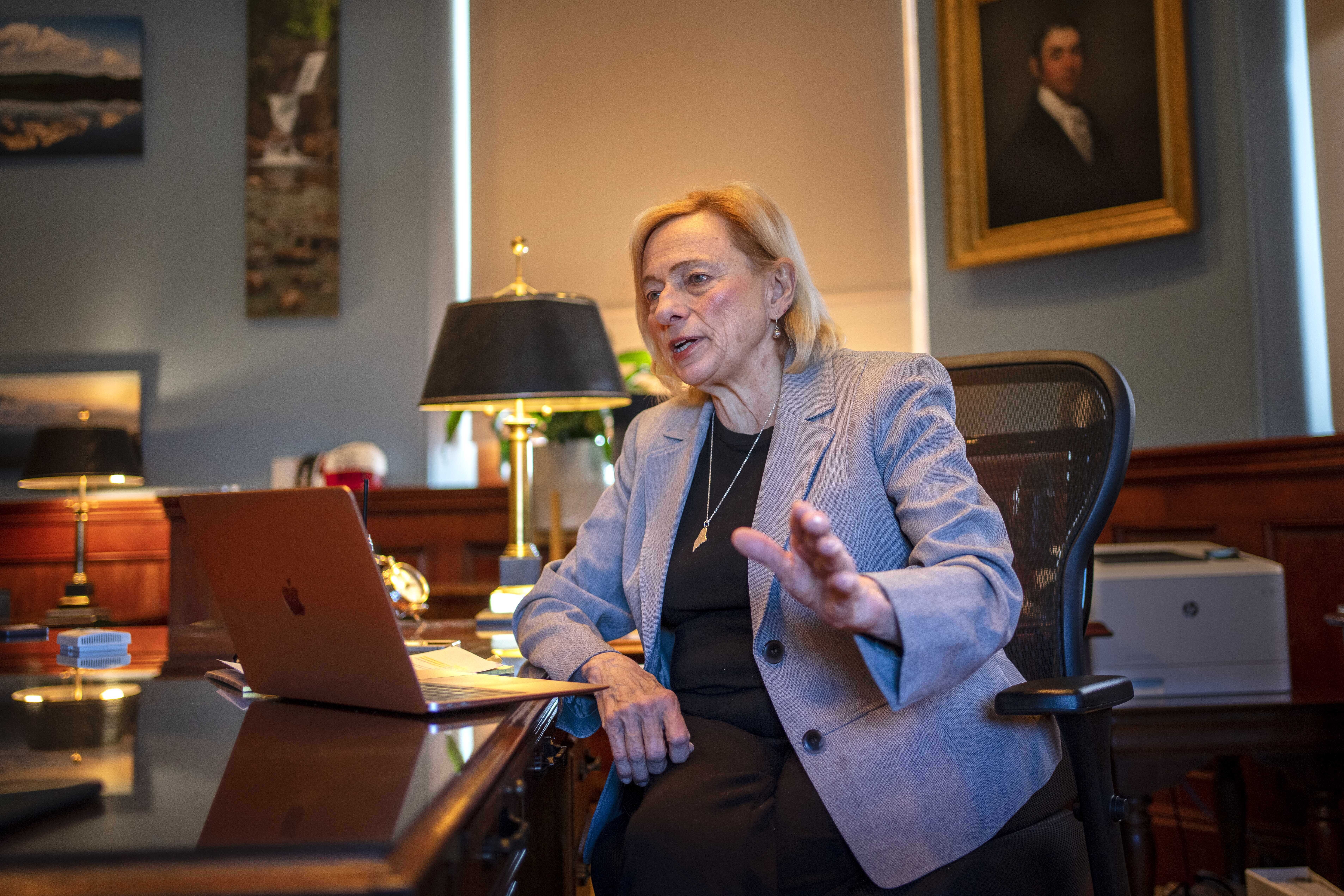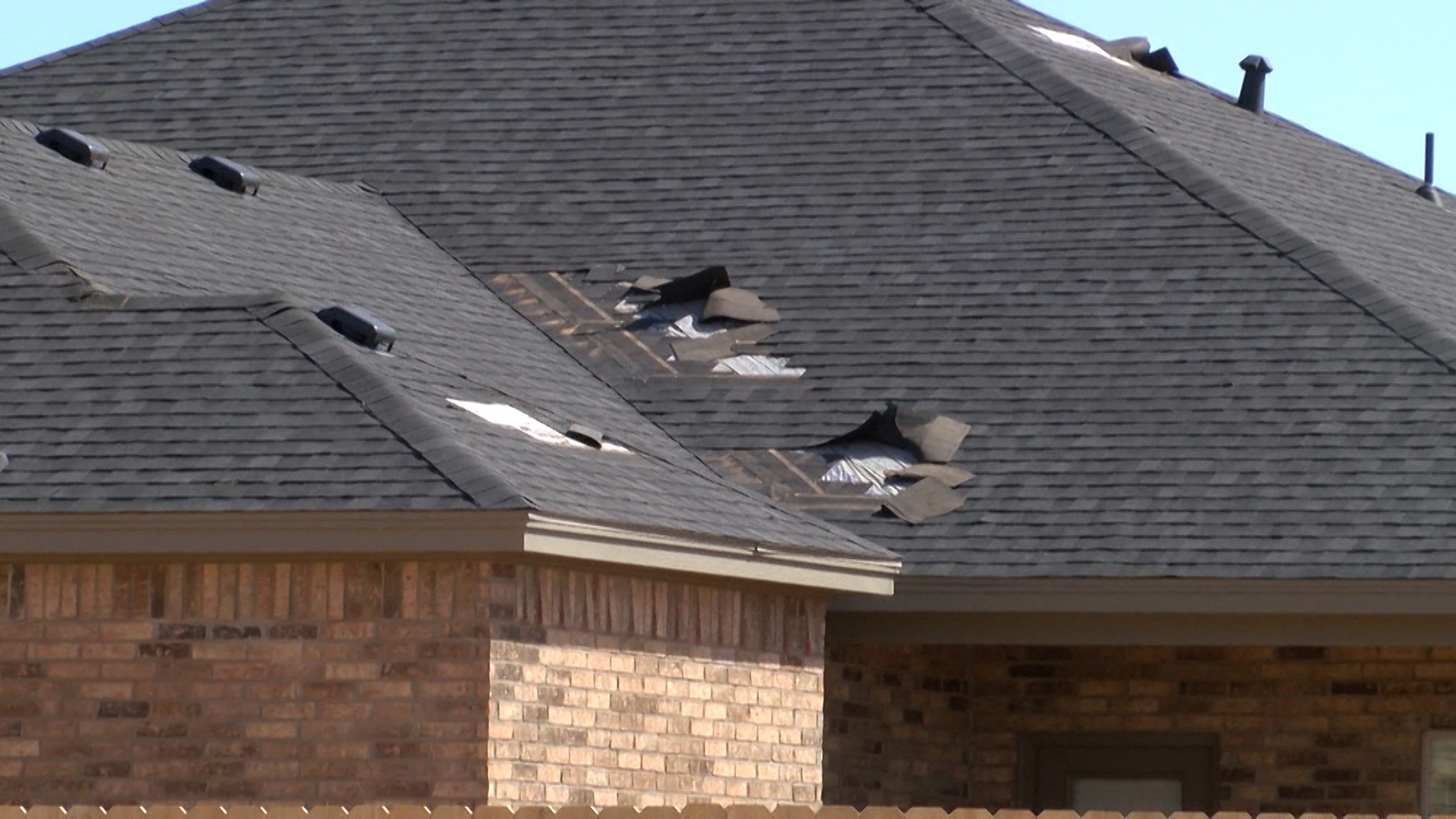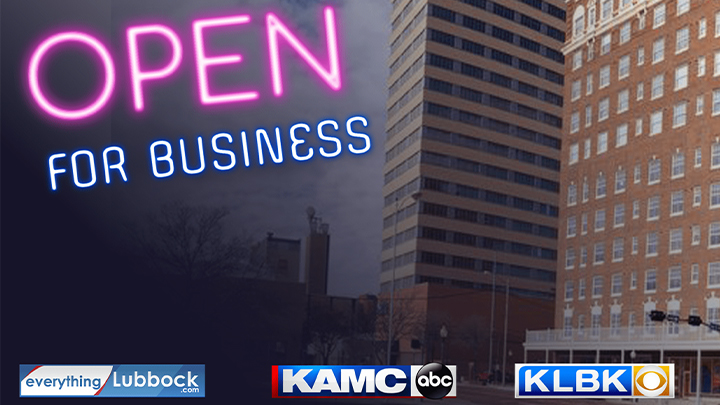ANDREWS, Texas — The largest solar farm in Andrews county was installed in late January after several years of construction. The Lapetus Energy Project is 800 acres and contains 340,000 solar panels.
7X Energy, a utility scale solar developer, reports that $20 million in property tax revenue will go into Andrews County.
When it comes to energy, West Texas seems to have it all. The area is rich in oil, wind, and now a boom in solar.
Located 30 miles south of Seminole, Clay Butler, CEO of 7X Energy, said there is a reason they picked this site.
“You’ve gotta have good transmission, how flat the land is, what’s underneath the land,” Butler said. “It puts all these things together and helps us identify what are the best places to put a solar facility.”
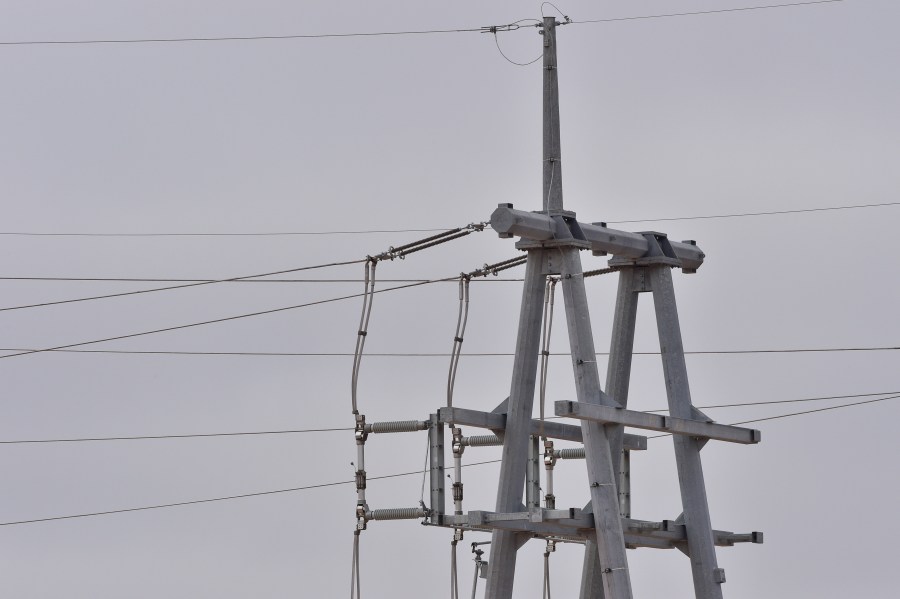
Rob Caldwell, president of Duke Energy Renweables, said this is their first large scale project in Andrews County.
“This is a fantastic development opportunity for the region,” Caldwell said. “It diversifies the energy and economic base in the community.”
However, they are not the first developers to bring a large-scale project to West Texas.
Another large-scale project creates a maximum capacity of 100WMac. The project consists of 410,000 solar panels across 887 acres. Meanwhile, other solar farms continue to pop up all over the state.
“There’s a significant amount of customer demand,” Caldwell said. “Industrial customers want it, residential customers want it, our co-ops plant co-ops friends want it.”
According to the Solar Energy Industries Association, in 2019, more than 3,000 megawatts of solar energy were installed, enough energy to power more than 400,000 homes. Of the 750 solar companies in the state, that breaks down into 120 manufacturers and 307 installers/developers. In turn, this creates 9,600 jobs.
“There’s a significant amount of customer demand,” Caldwell said. “Industrial customers want it, residential customers want it, our co-ops plant co-ops friends want it.”
However, solar energy only represents one percent of the state’s electricity.
“The oil and gas industry plays an important part of our country’s energy supply and requirements, and so does the renewable energy and I think we just work very well together,” Caldwell said.
One of the ways solar energy is able to be transmitted is through the Electric Reliability Council of Texas, also known as ERCOT. The energy produced at the Lapetus facility will be transmitted through Brazos Electric and CoServ, going as far as Dallas.
Blake Beavers, vice president of distribution co-op Power Supply, said they are able to transmit the solar energy from Brazos Electric and provide it to their customers.
“ERCOT is the grid operator for Texas so opt into the gird and we purchase it from them,” Beavers said.
ERCOT manages the flow of electric power throughout Texas, which means the distribution company receives electricity from a transmission system, such as energy from a solar farm. Then, electricity is transferred to the home from the distribution company.
ERCOT represents 90 percent of the state’s electric load, and connects more than 46,000 miles of transmission lines, and 650 generation units.
Right now, Lubbock Power and Light is not a part of the ERCOT grid, but that will soon change, said Matt Rose, LP&L spokesperson.
“We are currently in the process of building 140 miles of transmission lines to hook up to the ERCOT grid by the summer of 2021,” Rose said.
LP&L receives renewable energy through a contract with Xcel Energy and a wind farm in Oklahoma. But it’s not just solar farms, more Lubbock homeowners are putting solar panels on their home.
“It’s gone from about 50 or 75 customers two years ago to 250,” Rose said. “So, we’ve seen a noticeable jump.”
Rose said this is due to the decreasing costs of installing solar panels, a larger presence of installers and tax incentives, even though they are beginning to change.
“They still are offered, although they are currently being phased out,” Rose said.
The cost to install residential solar panels can vary as well. It takes about 10 KW usage to power a standard home, but the systems can differ.
“The systems getting put in are 5 or 6 KW systems, and again they are designed to allow customers to offset their electricity usage at the peak times of the year,” Rose said.
The electricity generated also depends on the weather, orientation and size of the system. Rose said it’s also important to be wary of who you contract to install solar panels because it is an investment.
Tay Nuguyen has installed solar panels on his home as well as seven additional properties with AMP Solar.
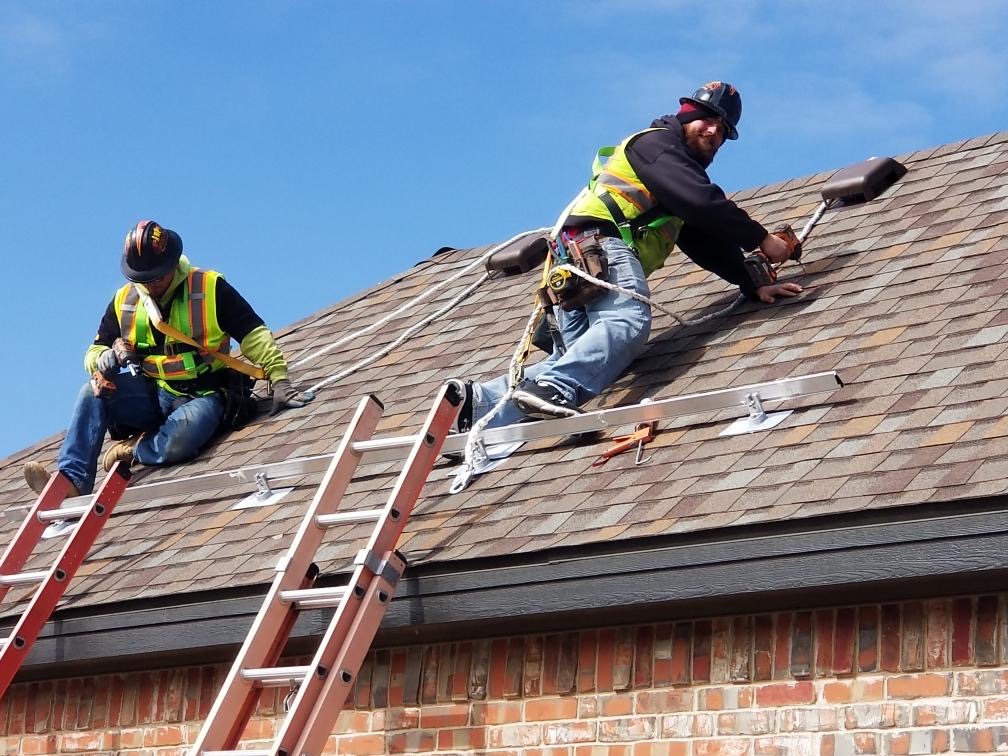
Courtesy of Amp Solar 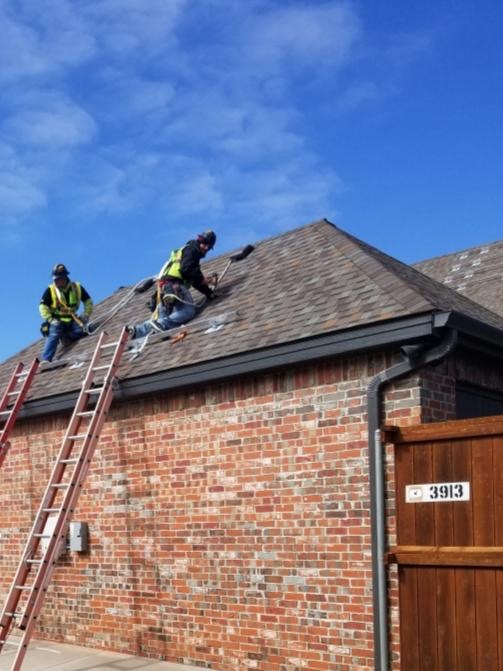
Courtesy Amp Solar 
Courtesy Amp Solar
“I want to make a difference…climate change is real,” Nguyen said.
Nguyen said he saw his electric bill go from an average of $130 down to just $30 with the South Plains Electric Cooperative.
“It’s time for that jump,” Nguyen said. “I think solar panels is the way because Lubbock is a sunny area.”
LP&L also offers a net metering rate for customers with solar, meaning if a homeowner’s solar panels don’t generate enough power for use, customers will pay a lower rate.
